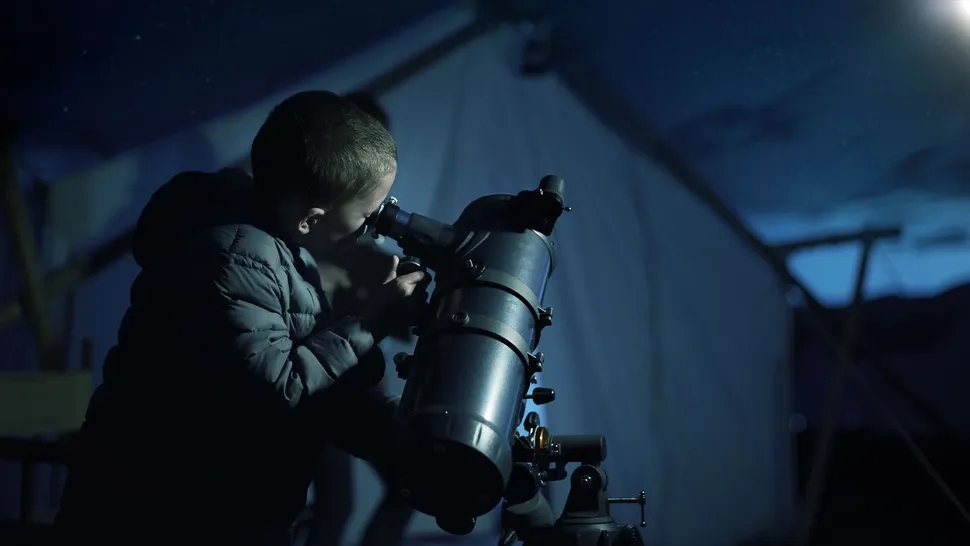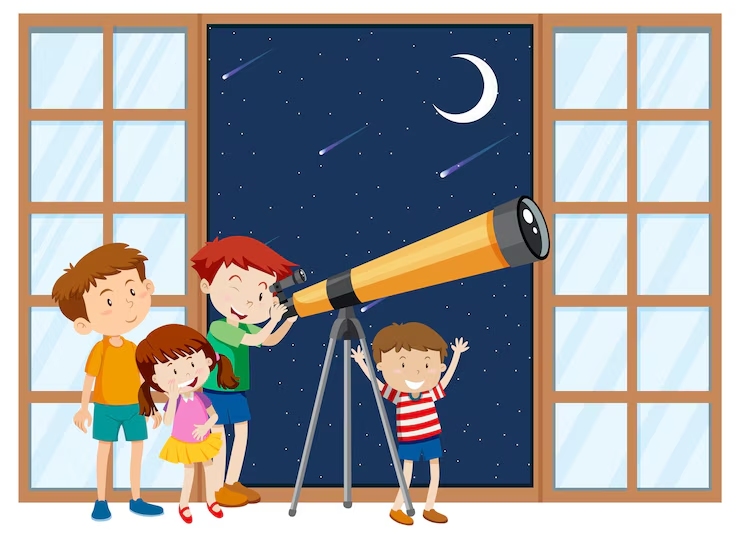
Request


Picking a suitable telescope for children in 2025 can kindle a lifelong passion for skywatching. With advancing tools and many options, this guide helps parents choose a telescope that’s safe, durable, and fascinating for young explorers. Let’s explore crucial elements, necessary features, and why HEMUSUN is your dependable source.
Selecting a telescope for kids involves weighing capability, ease, and engagement. Here are vital points to ensure a rewarding journey.
A child’s age and know-how strongly shape the telescope choice:
Matching the telescope to the child’s competence keeps them absorbed without feeling swamped.
Telescopes fall into three main categories, each with unique strengths and weaknesses. Grasping these helps you make a smart choice.
Refractor telescopes use lenses to gather light, making them preferred for beginners.
Benefits | Downsides |
Little maintenance, sealed tube build | Tinier opening, reducing light collection |
Sharp, bright visuals for planets | Pricier per inch of opening |
Tough for rugged handling | Heftier for bigger models |
These are great for kids gazing at the moon or vivid planets.
Reflector telescopes use mirrors to collect light, offering wider openings at lower prices.
Benefits | Downsides |
Larger openings for far-off sights | Needs occasional mirror tweaking |
Wallet-friendly for bigger sizes | Open tube gathers dust, needs upkeep |
Superb for dim sights like galaxies | Bulkier structure |
These fit older kids eager to explore nebulae or star bunches.
Compound telescopes merge lenses and mirrors for adaptability.
Benefits | Downsides |
Compact and easy to carry | More complex, costlier |
Flexible for planets and far-off sights | Tighter field of sight |
Good for sky photography | May require cooling time |
These suit teens diving into advanced skywatching.
Kids need telescopes that are effortless to move and set up:
A movable, easy-to-use telescope encourages frequent use and outdoor quests.
Telescopes for kids range from $50 to $500. Here’s an overview:
Spending on a solid telescope ensures extended use and reduces the need for constant upgrades.
A telescope for kids must be secure, hardy, and designed to spark learning. Here are the must-have traits.
Kids can be rough with equipment, so toughness is key:
HEMUSUN telescopes focus on robust builds, making them fitting for young users.
Aperture (the lens or mirror’s width) sets light-gathering power:
A 60–80mm aperture balances ability and portability for most kids.
Magnification depends on focal length and eyepiece:
HEMUSUN’s telescopes, like the AS-TW03, offer flexible eyepieces for varied viewing.
Accessories make skywatching fun and instructive:
These extras turn skywatching into a lively learning adventure.

2025 brings new chances for kids to discover the cosmos, thanks to tech and learning advances.
Recent breakthroughs make telescopes more user-friendly:
HEMUSUN weaves these upgrades into their kid-friendly models, ensuring a seamless experience.
Skywatching education is growing:
These trends make 2025 a prime time to fuel a child’s starry interest.
HEMUSUN is a trusted name in optical gear, offering inventive telescopes for kids and grown-ups alike.
HEMUSUN shines in high-quality optics, including telescopes, binoculars, and monoculars. Based in Beijing and Sichuan, China, HEMUSUN provides OEM, ODM, wholesale, and retail services. Their focus on creativity and tight quality standards ensures reliable, kid-friendly telescopes. With items like the Astronomy AS-TW03, HEMUSUN caters to young skywatchers seeking sturdy, effective tools.
HEMUSUN’s telescopes stand out with:
These traits make HEMUSUN a top pick for parents in 2025.
Choosing the perfect telescope for kids in 2025 means assessing age, telescope type, portability, and budget. Prioritize durability, fitting aperture, and fun extras to grow a love for skywatching. With HEMUSUN’s inventive and reliable telescopes, young skywatchers can roam the universe boldly. Start their cosmic journey today with a telescope that sparks wonder and discovery.
Refractor telescopes are ideal for new kids due to their low upkeep, durability, and sharp visuals of the moon and planets. HEMUSUN’s Astronomy AS-TW03 is a fine choice, offering ease for ages 4–12.
Spend $50–$150 for younger kids or $150–$300 for older ones seeking better lenses. Mid-tier telescopes, like those from HEMUSUN, provide durability and lasting worth without steep costs.